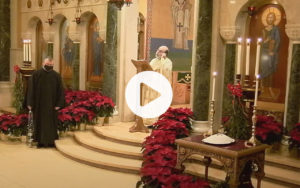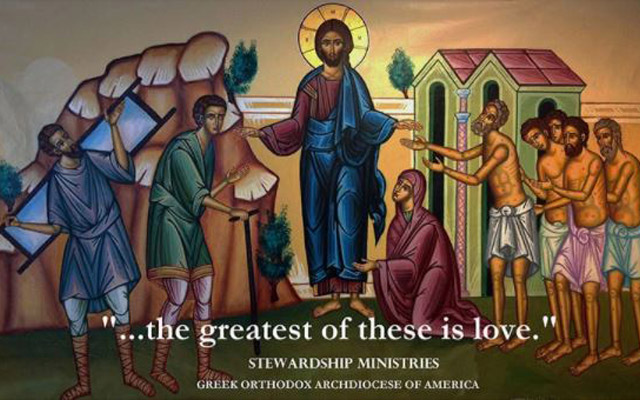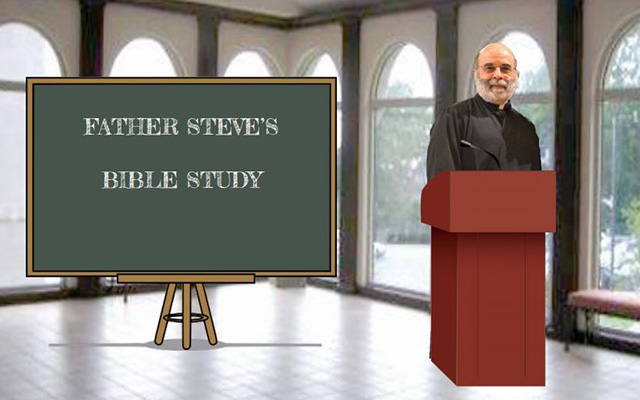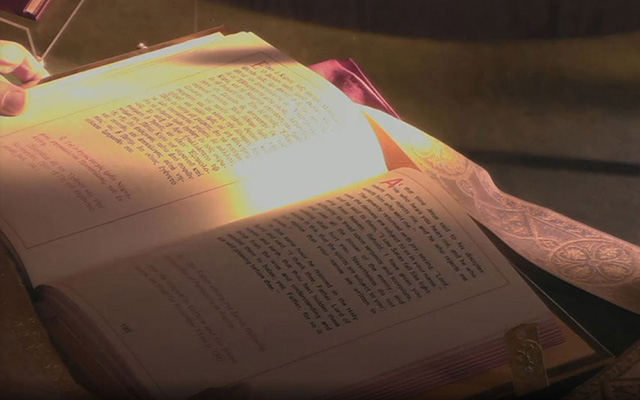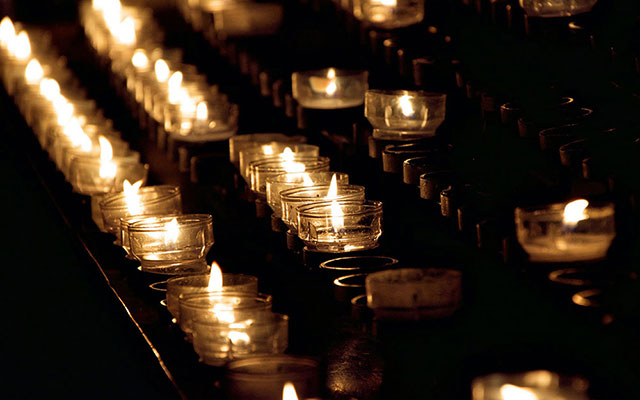The Stewardship of St. John the Merciful
“We will soon see, Lord, which of us two will win the contest: You, Whoever gives me good gifts, or I, who will never cease distributing them to the poor. For I know well there is nothing of mine that is not owing to Your mercy, which upholds my life.” (Prayer of St. John the Merciful) Born in the year 555 on the island of Cyprus, the saint we remember on November 12 is a


